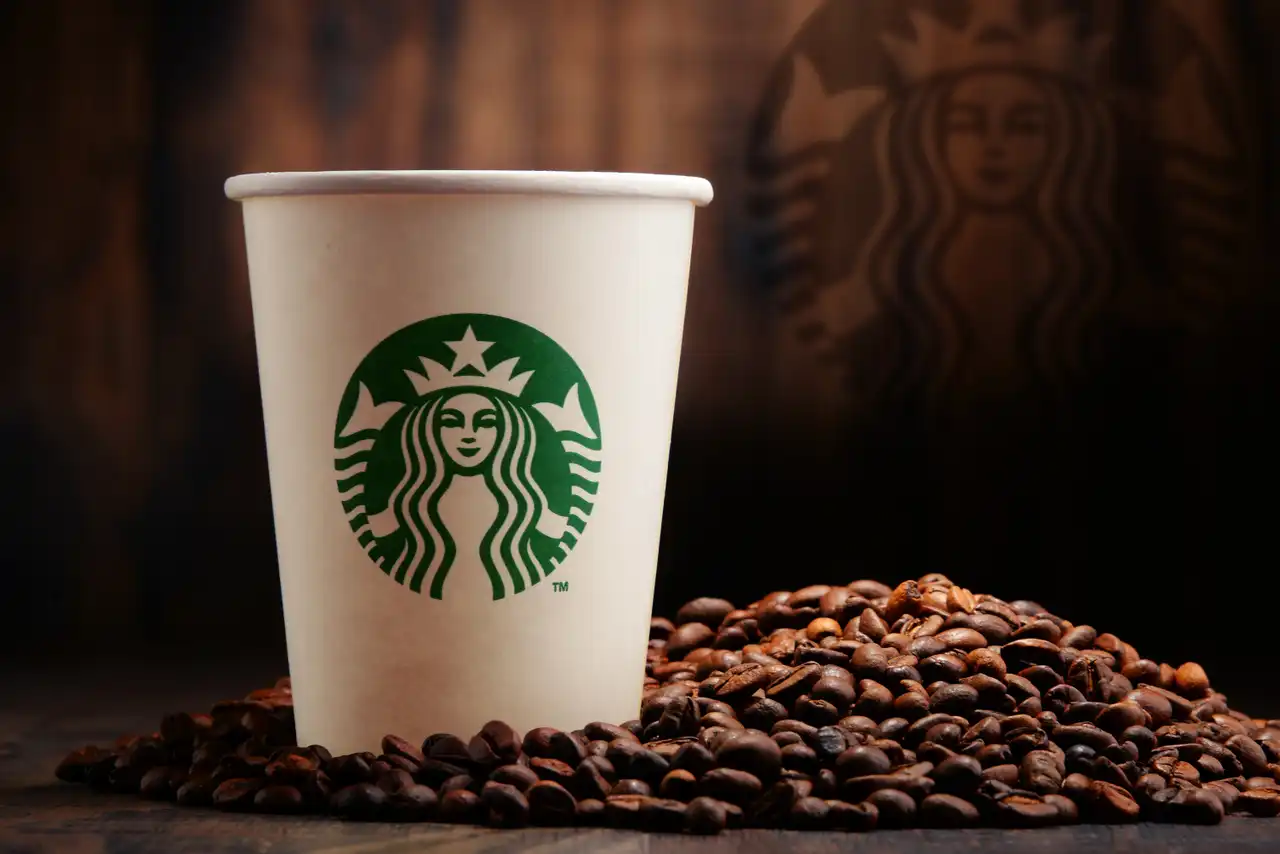Starbucks, the global coffeehouse giant that has become synonymous with its signature beverages and comfortable, community-oriented spaces, is making headlines with a major shift in its store policies. The company, which previously embraced an open-door policy, now requires customers to make a purchase or leave. This change is a reversal of the coffee chain’s long-standing practice of allowing anyone to sit in its cafes, regardless of whether they buy anything or not. So, what prompted this drastic change, and how will it impact customers, employees, and the broader community? In this blog, we will dive deep into the reasoning behind this policy change, its implications, and what it means for the future of Starbucks.
The Open-Door Policy: A Brief History
For years, Starbucks was known for being more than just a place to grab a coffee—it was a “third place” where people could linger, relax, study, meet friends, or even have business meetings. The company’s ethos embraced inclusivity and accessibility, welcoming anyone into its stores, even if they didn’t intend to purchase anything. Many customers came in simply to use the Wi-Fi or to take advantage of the comfortable seating and warm atmosphere.
This open-door policy became a significant part of Starbucks’ identity, appealing to a wide range of people: students, remote workers, and socializers alike. The concept of Starbucks as a neutral, welcoming space aligned well with the company’s larger values of community engagement and diversity.
However, in 2018, the open-door policy came under intense scrutiny after an incident in a Philadelphia Starbucks location that sparked widespread controversy and protests. Two Black men were asked to leave the store for not making a purchase, which led to accusations of racial profiling. The incident resulted in a backlash against the company, as critics argued that Starbucks’ welcoming environment was not equally extended to all customers. In response, Starbucks closed thousands of its stores nationwide for a day of racial bias training, seeking to address these concerns and prevent further incidents.
Despite the backlash and media coverage, Starbucks’ core policy of allowing anyone to stay in the store—even without a purchase—remained largely unchanged in the years that followed. That was until recent months, when the company began to adjust its stance on the issue.
The New Policy: “Buy Something or Leave”
In late 2024, Starbucks made a landmark decision to reverse its open-door policy and impose a “buy something or leave” rule in many of its locations across the United States. This shift comes after increasing concerns about store safety, cleanliness, and the potential for abuse of the open-door policy. The new rule essentially requires customers to make a purchase in order to stay in the store, or else they will be asked to leave.
This change is not a blanket policy for all Starbucks locations but is expected to be rolled out selectively in stores that have been struggling with issues such as loitering, disruptive behavior, and increased crime. The decision has been met with mixed reactions, as some customers and employees welcome the change, while others are upset by the reversal of what was once seen as a hallmark of Starbucks’ brand.
Why Did Starbucks Make This Change?
There are several factors that likely played a role in Starbucks’ decision to reverse its open-door policy. Let’s take a look at some of the key reasons behind the move.
1. Safety Concerns
In recent years, several Starbucks stores have become hotspots for criminal activity and disruptive behavior. Instances of drug use, theft, and even violent altercations have been reported in some locations. Employees have expressed growing concerns about their safety and the safety of customers as a result of the increased presence of non-paying individuals in the stores.
While Starbucks has long prided itself on creating a welcoming environment, the company has acknowledged that certain behaviors are incompatible with a safe and respectful atmosphere. For employees working the front lines, being asked to confront potentially dangerous individuals who have no intention of making a purchase is a daunting task. As a result, the company’s shift in policy reflects an effort to protect both employees and customers from harm.
2. Disruption to Business Operations
While the open-door policy may have attracted a diverse range of customers, it also opened the door for individuals to occupy space without spending money. For many store managers and employees, this led to operational challenges. Non-paying customers occupying seating for hours, using the store’s resources (Wi-Fi, restrooms, etc.), and creating messes without contributing to the business could negatively impact the flow of paying customers.
Many paying customers found the presence of non-purchasing individuals disruptive to their experience, especially when the store became crowded, and seating was limited. The new “buy something or leave” policy is seen as a way to balance the needs of all customers while maintaining the profitability of the business.
3. Pressure to Address Customer Complaints
In addition to operational disruptions, Starbucks has faced growing pressure from paying customers to take action. Customers who want a quiet space to work or meet often expressed frustration at the increasing presence of individuals who are not there to purchase anything. Some felt that the coffee chain was no longer living up to its promise of providing a comfortable and inviting space. With more people spending extended periods of time in Starbucks cafes without making a purchase, the quality of the overall experience for paying customers began to suffer.
4. Social Media and Public Scrutiny
As with many companies today, Starbucks is heavily scrutinized on social media platforms. When incidents of disruptive behavior or safety concerns arose, they were quickly shared across social media, often amplifying the negative attention the company received. While Starbucks had historically prided itself on creating a welcoming, inclusive environment, public backlash against the open-door policy prompted the company to reconsider its stance in order to protect its brand reputation.
The Potential Impact of the Change
1. Impact on Customers
For regular Starbucks customers who embraced the open-door policy, this change may come as a disappointment. Those who used Starbucks as a quiet space to work, study, or relax without feeling pressured to make a purchase will now have to rethink their routine. The shift could alienate a portion of the loyal customer base, especially those who valued the idea of Starbucks as an accessible, community-oriented space.
On the other hand, some paying customers may feel more comfortable in stores that are no longer crowded with non-purchasing individuals. For those who visit Starbucks primarily for the coffee or a brief meeting, the new policy may create a more pleasant and focused environment.
2. Impact on Employees
For Starbucks employees, the new policy may provide a sense of relief. Many employees have reported feeling uncomfortable or unsafe when dealing with individuals who refuse to make a purchase. The new rules could make their jobs easier by limiting the number of people in the store who are not contributing to the business. However, it may also create new challenges, such as having to enforce the policy and deal with disgruntled customers who are asked to leave.
3. Impact on Starbucks’ Brand
Starbucks has always marketed itself as a company that stands for inclusivity, community, and social responsibility. The reversal of the open-door policy could be seen as a departure from these values, particularly by those who viewed Starbucks as a place for all people, regardless of their financial status. If not managed carefully, the change could risk tarnishing Starbucks’ image as a socially responsible brand.
However, if Starbucks can balance its commitment to community with the need for a safe and sustainable business model, it may ultimately preserve its brand identity. The company will need to communicate clearly with customers about the reasoning behind the policy change and how it aligns with its core values.
Conclusion
Starbucks’ decision to reverse its open-door policy and implement a “buy something or leave” rule marks a significant turning point in the company’s approach to customer service and store operations. While the move is primarily driven by concerns over safety and operational efficiency, it also reflects broader societal challenges related to public space, business models, and community engagement.
As the company adapts to these changing circumstances, it will need to carefully navigate the reactions of its customers and employees, ensuring that the new policy does not alienate its loyal customer base or compromise its reputation as a socially responsible brand. Ultimately, the success of this policy change will depend on how well Starbucks can balance the competing demands of inclusivity, safety, and profitability in its stores.






